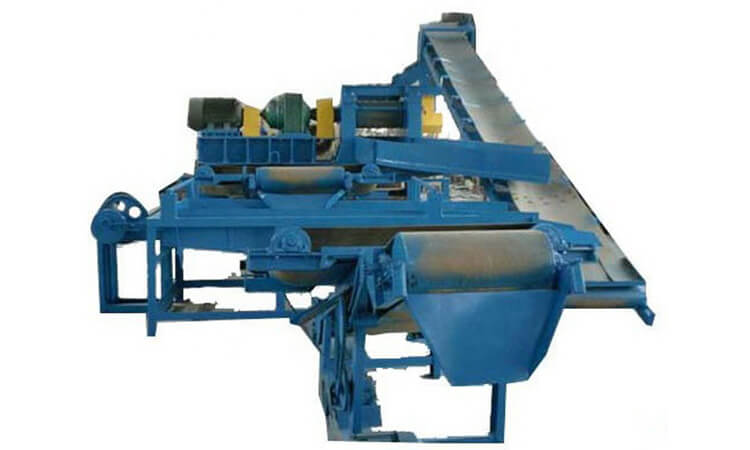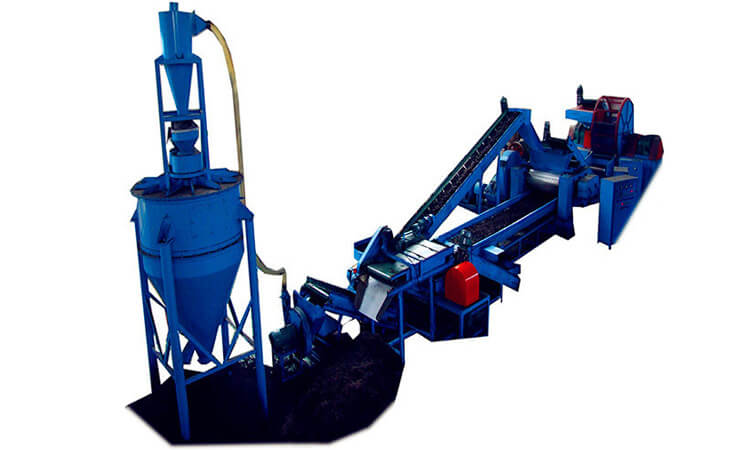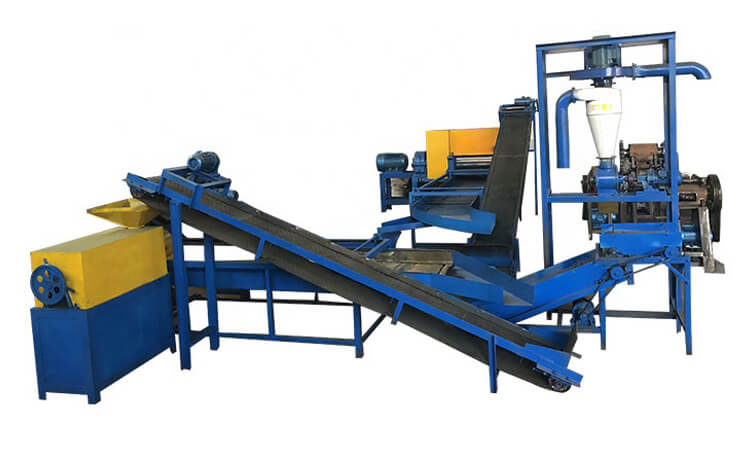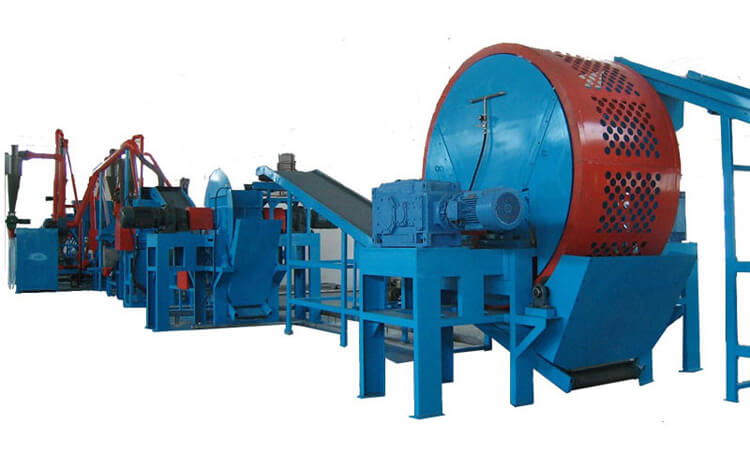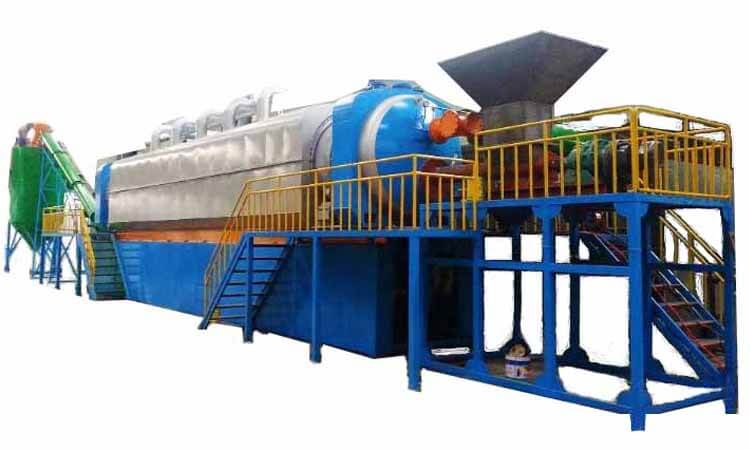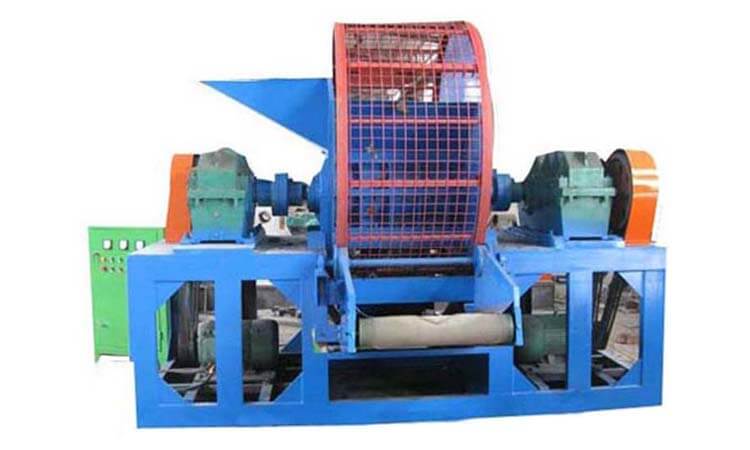Introduction of Waste Tire Pyrolysis Plant
Waste tire pyrolysis plant, a kind of automatic oil refining equipment, adopts the new industrial pyrolysis technology that waste tires are decomposed into oil gas, non-condensable gas and biological carbon through pyrolysis. It uses the most effective technology for recycling of waste tires that represents the development direction of waste tire treatment. Waste tire pyrolysis plant can not only process the waste tire but process the waste plastic and rubber.
The waste tires and catalysts are delivered into the reactor, then cracked under the anaerobic, normal pressure and airtight conditions. The final products of waste tire pyrolysis plant include fuel oil, carbon black, steel wire and a little non-condensable gas.

Here are the main components of the waste tire pyrolysis plant:
◆ Feeding System
◆ Pyrolysis system
◆ Oil Gas Cooling System
◆ Oil Gas Separation System
◆ Oil Gas Purification System
◆ Outlet System
◆ Flue Gas Purification System
◆ Water Circulating Cooling System
◆ Electrical Control System
Raw Materials Can be Processed by The Waste Tire Pyrolysis Plant
Our Pyrolysis plant to recycle waste tire can handle a variety of common tires in life, and different tires have different oil yield.

Advantages of Waste Tire Pyrolysis Plant
1. Equipped with scientific full-enclosed technology, our equipment can achieve fully automatic continuous production at a high temperature.
2. No environmental pollution. It can turn waste into treasures, achieving the sustainable development of resources and solving the environmental pollution of waste tires to some extent. The energy consumption and emission of the flue gas are greatly reduced by recycling waste heat, achieving the aim of energy saving. It also adopts a desulfurization and dust removal system to remove the acid gas and dust.
3. High output and treatment efficiency. The annual output can reach millions of tons, which greatly improves the production capacity. The utilization rate of the waste tire is up to 100%, 99% in pyrolysis and 90% in waste heat.
4. High oil yield. The production line uses the advanced pyrolysis and cooling system that makes the oil yield reach 45%-65%.
5. The reactor is equipped with an anti-sticking device that is suitable for different materials, such as waste tire, waste rubber, and plastic.
6. Fully automatic production, low labor intensity and long period stable operation. Adopted with the intelligent control technology and automatic monitoring early-warning system, which ensures plant running safety and reliability.
How Does Waste Tire Oil Pyrolysis Plant Work?

First of all, put waste tires and catalysts into the reactor through the feeding system. The waste tires are heated at medium temperature for pyrolysis after adding catalysts. The catalysts can greatly speed up chemical reactions and enhance the cracking effect of raw materials.
Secondly, oil gas produced by the reactor will be condensed through the gas cooling system after cracking. The condensed oil gas will be sent to the separation system, then separated by a fractional process through oil gas separator. The oil will be conveyed to the purification system for doing chemical processes and stored at the oil tank after the chemical process.
Finally, a little non-condensable gas is produced during the process that can be directly recycled for the heating reactor to save fuel. At the end of the process, some remaining matters need to be drained out from the reactor for new pyrolysis again. These remaining matters mainly include carbon black and steel wire.
The whole process not only ensures the quality of oil but also reduces the production cycle. Good quality of oil, low carbon content, reaching the national standard.
Final Product and Application of Waste Tire Oil Refining Production Line

▼Fuel Oil (45%-55%)
|
▼Carbon Black (30%-45%)
|
▼Steel Wire (10%-15%)Sells to steel plants directly. |
▼Flammable Gas (8%-10%)Flammable gas can be recycled to the chamber for the heating reactor. |
Two Main Features of Waste Tire Refining Plant
● Safety
Our waste tire oil refining plant uses auto-submerged welding technology during manufacture, and all the welded parts have been checked by ultrasonic non-destructive detecting system to ensure the quality and shape. All the containers are tested by air and water pressure to guarantee that no gas leakage occurs. Besides that, this set of equipment is also equipped with an explosion-proof device, safety valve, emergency valve, pressure gauge, temperature gauge, and early warning system to guarantee its safe operation. The feeding system has high-strength tightness and security.
During the production process, this equipment operates under a fully sealed state, without any smell. The waste gas produced by the machine is a kind of inflammable alkanes gas included C1, C2, C3, and C4, which have a certain danger in direct combustion. Before we use it as fuel, making it pass through the water seal system firstly and the gas nozzle secondly, to achieve the purpose of safe production.
● Environment-Protection
Water Treatment:
Water is mainly used in two parts. One is used in condenser without any pollution, the other is circulating water used for dedusting, no need to discharge.
Waste Gas Treatment:
Three parts are included in this step. Firstly, a little of steam and oil gas is leaked out from inlet when feeding, then sent to the dust remover through gas-collecting hood after secondary combustion. Secondly, soot will be sent to the dust collector for dusting by an induced draft fan and discharged through the chimney. This product line adopts a national patent dusting device that can effectively remove acid gas and dust. Finally, non-recyclable gas including methane, ethane, butane, and hydrogen are produced from the reactor and sent to a combustion furnace through the pipe then burned by spray gun.
Noise Treatment:
Noise is less than 60 decibels because the machine adopts a low noise fan. The ambient noise of the factory can be lower than 50 decibels if the tree is around.
